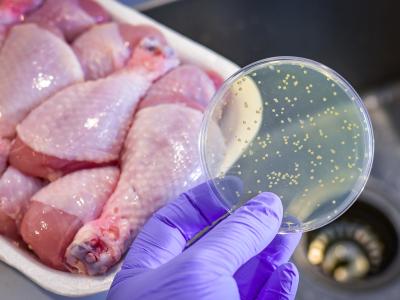Dec 11, 2012
H5N1 clade 2.3 shows up in Indonesia
Indonesia has for the first time reported the clade 2.3 subgroup of highly pathogenic H5N1 avian flu in birds, Agence France-Presse (AFP) reported today. A poultry breeders association has reported that 300,000 ducks in several provinces on Java island died from infection with the new clade since November. Java is home to Indonesia's capital, Jakarta, as well as most of its population. "This clade is a new clade found for the first time in Indonesia, that is very different to the avian influenza found before, which is clade 2.1," Indonesia's chief veterinarian, Syukur Iwantoro, DVM, said in a letter. Officials are assessing whether the new clade is due to a genetic shift or to migration from a country such as Vietnam or Thailand.
Dec 11 AFP story
Study shows lower H3N2 affinity to human binding sites in recent years
A study of the evolution of H3N2 influenza viruses since 1968 shows that the current virus has a low propensity to bind to human receptor analog sites, which correlates with the marked reduction in H3N2 disease impact in the last 10 years, UK researchers reported yesterday in the Proceedings of the National Academy of Sciences. The team used surface biolayer interferometry to measure virus binding to human and avian receptor analogs since the 1968 H3N2 pandemic. They noted that by 2001 the avidity of human H3 viruses for avian receptors had declined fourfold, and since then the affinity for human receptors also has decreased significantly. They conclude that this loss of affinity for human receptors "correlates with the marked reduction in A(H3N2) virus disease impact" in the last decade.
Dec 10 Proc Natl Acad Sci abstract




















